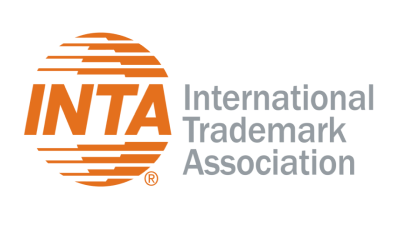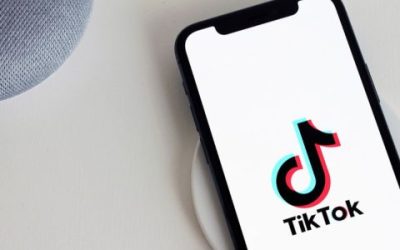On October 30, 2023, President Biden issued the Executive Order on the Safe, Secure, and Trustworthy Development and Use of Artificial Intelligence (AI), which the Biden administration describes as “the most sweeping actions ever taken to protect Americans from the potential risks of AI systems.” Noting that AI holds “extraordinary potential” to help solve today’s challenges but also to exacerbate major societal harms, the Executive Order promises to be a first step in coordinating a government-wide approach to harnessing AI for good while mitigating its risks.
The Executive Order sets forth an ambitious set of directives for federal agencies to research and promulgate policies for the safe and responsible development of AI, including major policies in the areas of national security, immigration, labor, and civil rights. For businesses, creators, and intellectual property owners, the Executive Order also offers promise for new developments in what the future will hold for the shifting landscape of AI and IP.
Starting with developers of AI, the Executive Order contains new requirements as well as new opportunities. In striving to ensure safeguards surrounding AI, the Executive Order requires developers to share information and safety test results with the US government on an ongoing basis. However, it also calls for increased funding for AI projects and more efficient federal contracting of AI products and services to get government agencies equipped with the technology faster and more easily. The US is home to more AI startups than the next seven countries combined, and the Executive Order — despite its words of caution — signals that AI is here to stay. Acknowledging the importance that the Government catch up in terms of AI, the Executive Order explicitly discourages agencies “from imposing broad general bans or blocks on agency use of generative AI.”
As federal agencies work to adapt to the new realities posed by AI, the United States Patent and Trademark Office (USPTO) has likewise been called upon to “tackl[e] novel intellectual property questions and other problems to protect inventors and creators.” The Patent Office has not yet issued guidance on AI-assisted work, as the Copyright Office did earlier this year, but the Executive Order now mandates that this long-awaited guidance be issued within 120 days of the date of the order. This guidance will address inventorship and the use of AI in the inventive process and promises to include specific examples of the ways AI can play a role in invention. Further, within 270 days of the date of the order, the USPTO must issue additional guidance to patent examiners and applicants addressing other considerations “at the intersection of AI and IP,” such as updated guidance on patent eligibility.
Importantly recognizing that IP issues cannot be viewed in isolation, the Executive Order also requires the USPTO to consult with the Copyright Office in order to issue recommendations to the President on potential future executive actions relating to copyright and AI. These potential actions will be intended to address issues such as the scope of protection for works produced using AI and the treatment of copyrighted works in AI training. IP owners and practitioners alike will be eagerly awaiting these recommendations, which are to occur within 270 days of the Executive Order, or 180 days after the Copyright Office’s forthcoming AI study is published, whichever is later. Regardless, this important guidance from the USPTO and Copyright Office can be expected soon.
Finally, for businesses and developers worried about IP theft, the Executive Order promises actions to better investigate and enforce AI-related IP crimes. This includes providing assistance for developers of AI in combatting AI-related IP risks, as well as resources to assist private sector businesses with mitigating the risks of AI-related IP theft. Also included in the order are efforts to dedicate government personnel to focus on AI-related IP theft issues, to increase sharing between the Federal Bureau of Investigation, United States Customs and Border Protection, and other agencies, and to empower the Intellectual Property Enforcement Coordinator to better address issues of AI-related IP theft.
The Executive Order strives to meet the rapid pace of AI development with concrete near-term deadlines to quickly address the challenges and opportunities posed by AI. Over the next few months, it will be exciting to watch how federal agencies, including the USPTO and Copyright Office, rise to the task of meeting the Executive Order’s goals.

Written by Angela Kalsi
Officer, Greensfelder
You may also like…
INTA files statement in intervention in EU case on the inherent distinctiveness of color combination trademarks
New York, New York—July 24, 2024—The International Trademark Association (INTA) has filed a Statement in...
Bytedance stumbles in Singapore: IPOS rejects TIKI trademark challenge
The social media giant Bytedance, owner of the ubiquitous TikTok platform, recently suffered a setback in Singapore....
TOUR DE FRANCE fails in the third stage against German fitness studio chain
At the end of June, the 111th edition of the Tour de France kicked off. June also saw the end of a dispute between...
Contact us to write for out Newsletter














